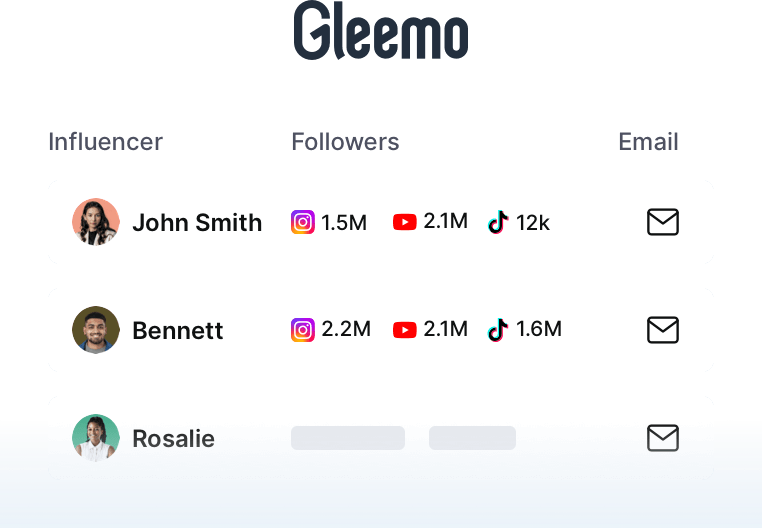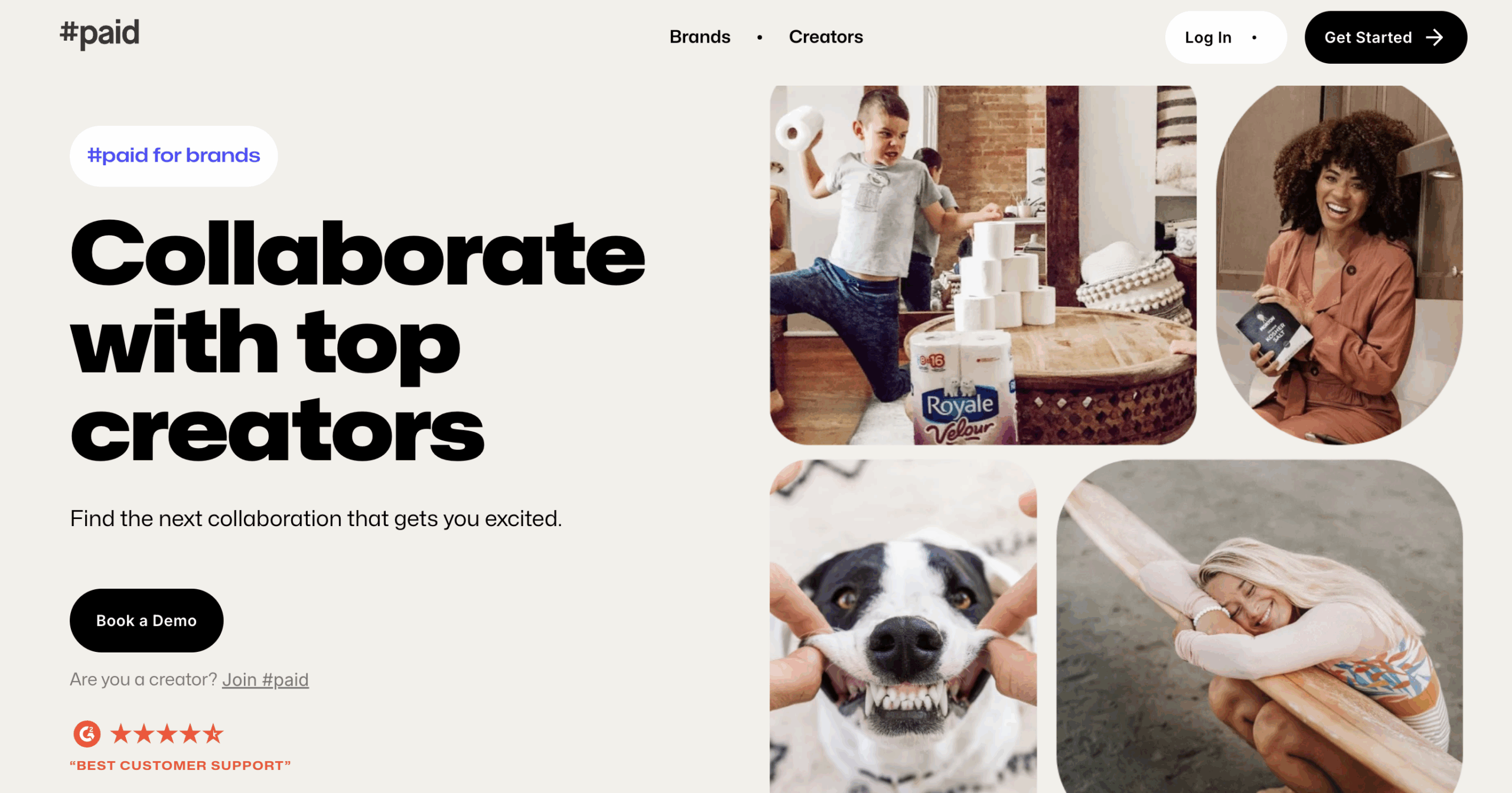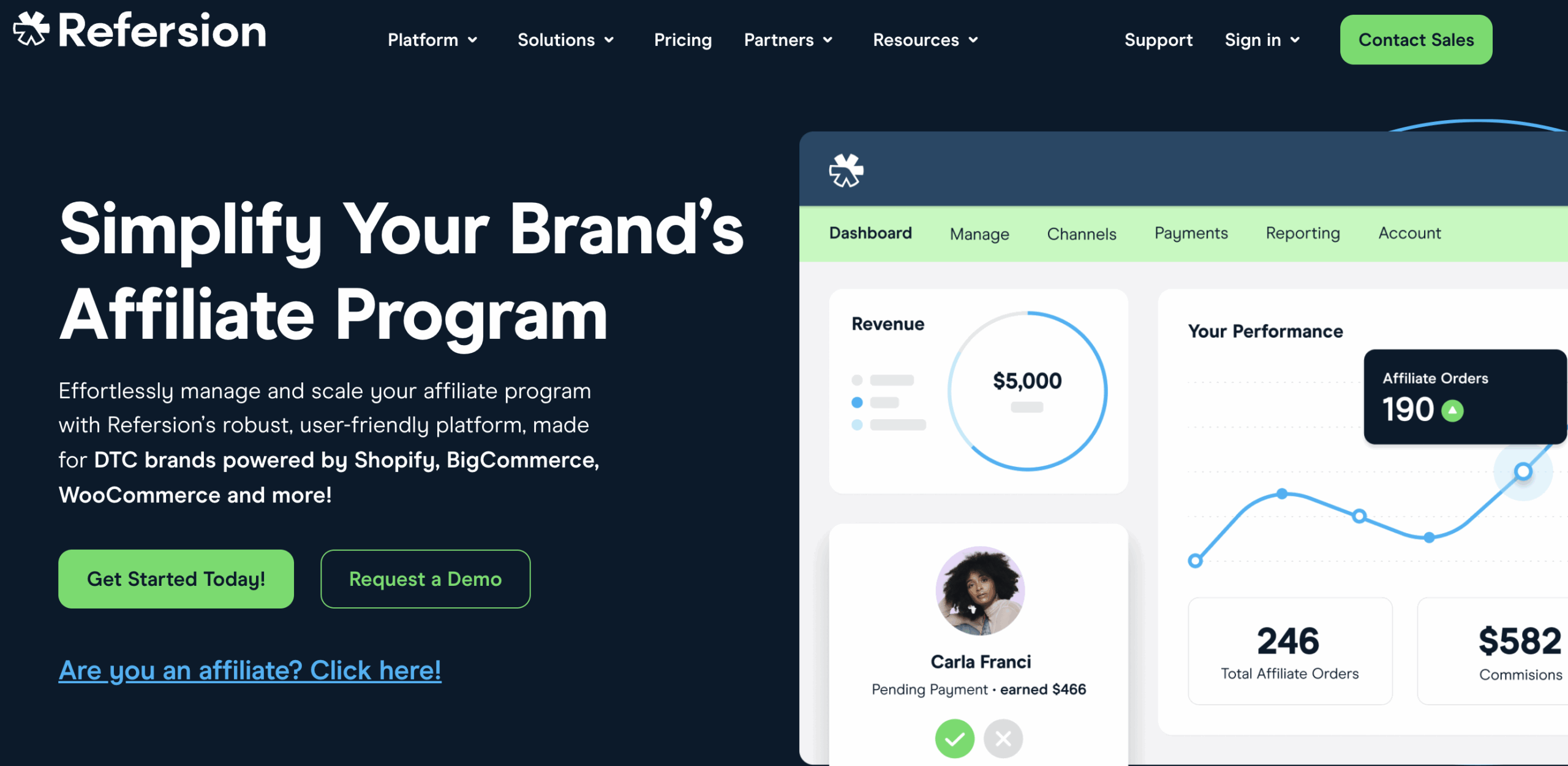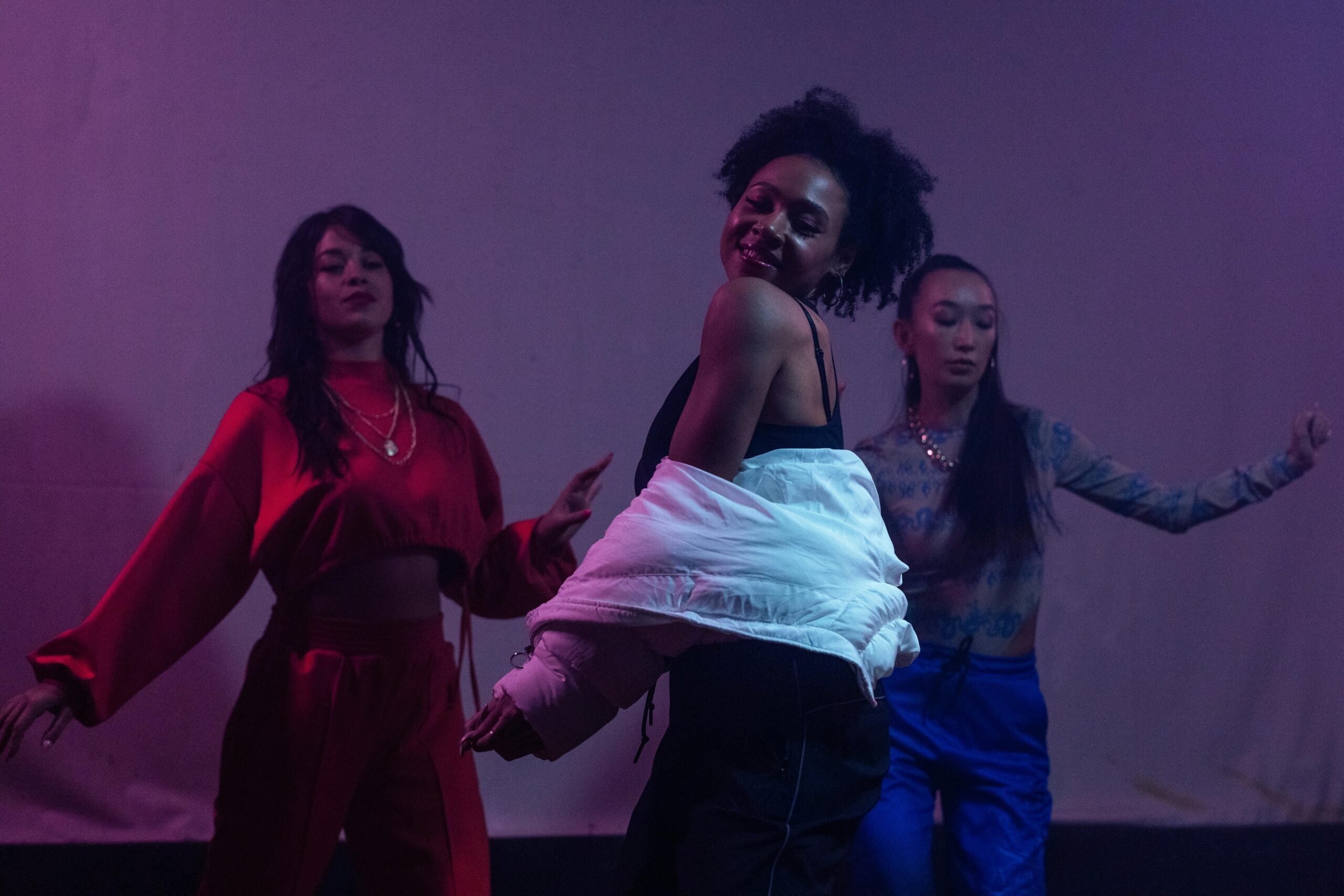In today’s digital age, strategic influencer collaboration has emerged as a potent tool for brands to connect with their target audiences, build trust, and drive sales. With the influencer marketing industry projected to reach $24 billion by 2025, it’s clear that this approach is not just a passing trend but a fundamental shift in how brands market their products and services.
This comprehensive guide delves into the intricacies of strategic influencer collaboration, providing actionable insights and real-world examples to help brands maximize their success through these partnerships.
Understanding the Strategic Influencer Collaboration

Strategic influencer collaboration is a purposeful partnership between brands and social media influencers aimed at promoting products, services, or brand messages. Unlike traditional advertising, this approach leverages the influencer’s established credibility and engaged audience to create authentic connections. The collaboration is rooted in shared values and goals, with both parties contributing to the relationship’s success.
Influencers have cultivated loyal followings based on trust and shared interests. When they endorse a brand, their audience perceives the recommendation as more credible than conventional advertisements. This authenticity is a powerful driver of consumer behavior, making strategic influencer collaboration an effective way to enhance brand visibility and engagement.
Types of Influencer Collaboration
There are several ways brands can collaborate with influencers, each offering unique benefits and opportunities:
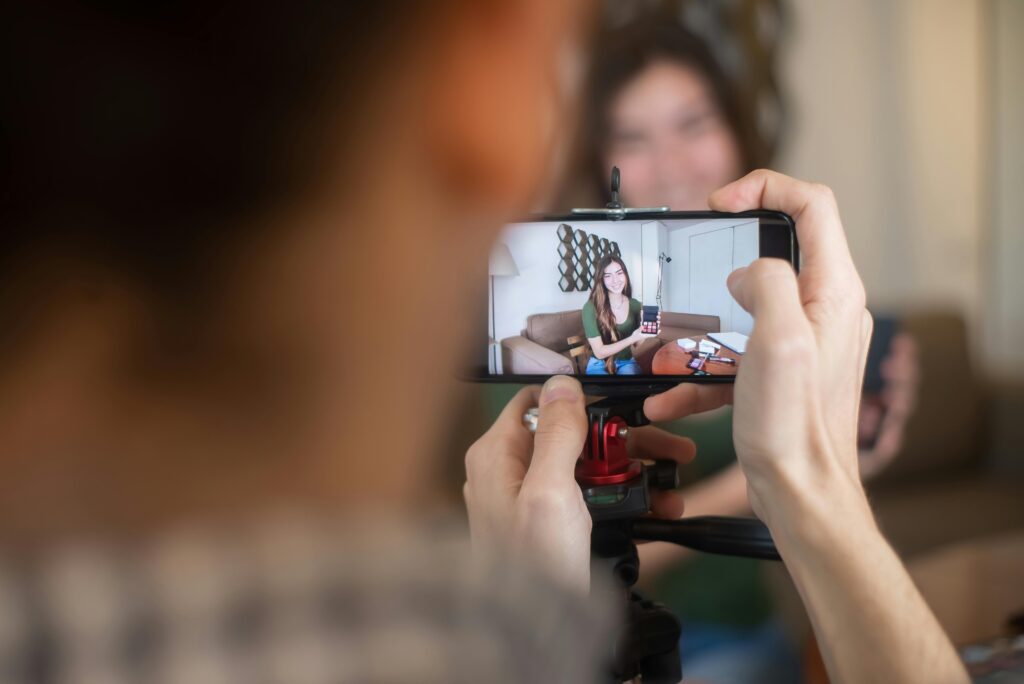
1. Sponsored Content
One of the most common forms of collaboration, sponsored content involves influencers creating posts or videos featuring a brand’s products or services. The key to success lies in ensuring the content aligns with the influencer’s style and audience preferences. When done well, sponsored content feels natural and engaging, seamlessly integrating the brand message into the influencer’s content.
2. Product Reviews and Unboxing
Sending products to influencers for reviews or unboxing can generate buzz and build trust. Audiences value authentic opinions and demonstrations of products in action. These collaborations allow potential customers to see the product’s features and benefits through the eyes of someone they trust.
3. Giveaways and Contests
Collaborating on giveaways and contests can significantly boost brand visibility and audience engagement. These interactive campaigns encourage followers to participate, share, and spread the word, creating a ripple effect that enhances brand exposure. They also provide an opportunity to gather user-generated content and increase Brand Reputation.
4. Co-Creation of Content
Partnering with influencers to co-create content can lead to more authentic and engaging materials. This might involve developing blog posts, social media series, or even product lines that reflect both the brand’s values and the influencer’s unique perspective.
5. Event Partnerships
Influencers can play a valuable role in promoting and participating in brand events. Their involvement can increase event attendance, generate excitement, and extend the event’s reach to their followers. This type of collaboration can also create memorable experiences that strengthen the connection between the brand and its audience.
6. Brand Ambassadorship
An ongoing relationship where influencers continuously represent and promote a brand. These partnerships build stronger recognition and often feel more authentic to audiences.
7. Affiliate Marketing
Influencers promote a product and earn a commission for every sale made through a link they share. This performance-based approach provides incentives and works well for products with higher price points.
The Value of Strategic Influencer Collaboration
Strategic influencer collaboration offers numerous benefits that can significantly impact a brand’s success:
- Brand Awareness: Partnering with influencers introduces your brand to new audiences that might not have discovered you otherwise. This is particularly valuable for new or niche brands looking to expand their reach.
- Audience Trust: Influencers have spent time building trust with their followers. By associating your brand with a trusted influencer, you can borrow some of that credibility.
- Increased Sales: Strategic collaborations can directly impact your bottom line. When influencers effectively communicate the value of your product or service to their engaged audience, it can lead to increased conversions and sales.
- Market Insights: Working with influencers can provide valuable insights into market trends, consumer preferences, and audience feedback.
How to Collaborate with Influencers Effectively
To maximize the success of your influencer collaborations, consider the following strategies:
1. Setting Clear Goals and Objectives for Collaboration

Establishing clear goals is the foundation of any successful influencer collaboration. Goals should be SMART: Specific, Measurable, Achievable, Relevant, and Time-bound.
Common objectives include:
- Brand Awareness: Increasing visibility and recognition within a specific market or demographic.
- Product Launch: Generating buzz and interest around a new offering.
- Traffic Generation: Driving visitors to a website, landing page, or e-commerce store.
- Sales Conversion: Directly impacting the bottom line through promo codes or affiliate links.
- Content Creation: Developing authentic content that resonates with the target audience.
| Objective | Key Metrics | Tools for Measurement |
| Brand Awareness | Impressions, Reach, Social Shares | Google Analytics, Social Media Insights |
| Product Launch | Pre-orders, Waitlist Sign-ups, Social Mentions | Hootsuite, Brand Monitoring Tools |
| Traffic Generation | Click-Through Rate (CTR), Bounce Rate, Conversion Rate | Google Analytics, UTM Parameters |
| Sales Conversion | Revenue Generated, Conversion Rate, Customer Acquisition Cost (CAC) | E-commerce Analytics, Promo Code Tracking |
| Content Creation | Engagement Rate, Shares, Comments, Saves | Native Platform Analytics, Gleemo |
For example, if your goal is to increase brand awareness, you might track metrics like impressions and reach. If driving sales is your priority, conversion rates and revenue generated become the key indicators of success.
2. Identifying Influencers Who Align with Your Brand Vision
Selecting the right influencers is a critical step that requires thorough research and strategic thinking.
Key Criteria for Influencer Selection
- Audience Demographics: Analyze the age, gender, location, and interests of the influencer’s followers to ensure they match your target market. Influencer marketing tools like Gleemo provide detailed demographic data, making it easier to find precise matches.
- Engagement Rates: Look beyond follower counts. High engagement rates (comments, likes, shares) indicate an active and loyal community. Industry benchmarks suggest that engagement rates above 3% are considered strong for most niches.
- Content Style and Quality: Assess the visual appeal, consistency, and creativity of the influencer’s content. Ensure their style aligns with your brand’s aesthetic and messaging.
- Authenticity and Trustworthiness: Evaluate the influencer’s reputation and the authenticity of their interactions with followers. You can use a fake follower check tool to avoid those with a history of controversial content or inauthentic behavior.
- Niche Relevance: Prioritize influencers within your specific industry or niche for higher relevance and engagement potential.
Micro vs. Macro Influencers
| Category | Follower Count | Engagement Rates | Cost | Ideal For |
| Micro-Influencers | 10k-100k | Typically Higher (3-8%) | Lower | Niche Markets, Detailed Product Demos |
| Macro-Influencers | 1M+ | Generally Lower (1-3%) | Higher | Broad Awareness Campaigns, Celebrity Endorsements |
Micro-influencers often offer more authentic connections and higher engagement within specific communities. Macro-influencers provide extensive reach but may lack the same level of audience intimacy. A balanced approach, combining both types, can maximize campaign impact across different objectives.
3. Crafting Tailored Campaigns to Suit Specific Influencers
A tailored approach to campaign creation is essential for maximizing the effectiveness of influencer collaborations. Here are the key steps to developing Tailored Campaigns:
Establish Multiple Channels:
- Use a combination of email, direct messaging, and collaboration platforms (e.g., Slack, Asana) to ensure accessibility.
- Assign a primary point of contact from your team to manage the relationship.
Set Clear Expectations:
- Outline deliverables, timelines, compensation, and content guidelines in a written contract.
- Include specific metrics for success and reporting requirements.
Regular Check-Ins:
- Schedule weekly or bi-weekly syncs to review progress, address concerns, and make adjustments.
- Use these meetings to celebrate milestones and reinforce positive feedback.
Transparent Feedback:
- Provide constructive feedback in a respectful manner.
- Encourage influencers to share their perspectives and suggestions.
Document Everything:
- Keep detailed records of agreements, revisions, and communications.
- Use project management tools to track tasks and deadlines.
4. Measuring Performance and Refining Strategies for Better Results
Tracking the performance of your influencer campaigns is crucial for understanding their effectiveness and making data-driven decisions. Here’s how to approach it:
Key Performance Metrics
| Performance Metric | Description | How to Measure |
| Engagement Rate | The level of interaction (likes, comments, shares) relative to the audience size. | Calculated by dividing the total interactions by the reach or follower count and multiplying by 100. |
| Reach | The total number of unique users who have seen the content. | Measured using platform analytics or third-party tools. |
| Conversions | The number of desired actions taken by the audience (e.g., purchases, sign-ups). | Tracked through unique links, promo codes, or platform conversion pixels. |
| Return on Investment (ROI) | The financial return compared to the cost of the campaign. | Calculated by subtracting the campaign cost from the revenue generated and dividing by the campaign cost. |
| Follower Growth | The increase in the brand’s or influencer’s followers during the campaign period. | Measured by comparing follower counts before and after the campaign. |
| Sentiment Analysis | The overall sentiment of the audience’s comments and feedback. | Analyzed manually or using natural language processing tools. |
Steps to Measure Performance
- Set Clear KPIs: Define the key performance indicators (KPIs) that align with your campaign goals. For example, if your goal is to increase sales, focus on conversions and ROI.
- Use Analytics Tools: Utilize platform-native analytics (e.g., Instagram Insights, YouTube Analytics) and third-party tools (e.g., Google Analytics, Hootsuite) to gather data on campaign performance.
- Track Unique Links and Codes: Provide influencers with unique referral links or promo codes to accurately measure the traffic and conversions generated from their content.
- Monitor Sentiment: Keep an eye on the comments and feedback from the audience to gauge their sentiment and identify any potential issues.
- Compare to Benchmarks: Compare the performance metrics against industry benchmarks or your brand’s historical data to evaluate the relative success of the campaign.
- Document Findings: Keep a detailed record of the campaign’s performance, including what worked well and what didn’t. This documentation serves as a valuable reference for future campaigns.
5. Building Long-Term Relationships for Sustained Success
While short-term influencer partnerships can yield quick wins, long-term relationships offer a foundation for sustained growth and deeper audience connections. These enduring partnerships allow for more nuanced brand integration and can evolve with market trends and consumer preferences.
Benefits of Long-Term Influencer Relationships
- Enhanced Authenticity: Prolonged collaborations enable more organic and believable content as influencers become familiar with the brand.
- Cost Efficiency: Extended partnerships may lead to more favorable contract terms over time.
- Consistent Messaging: Maintaining a stable group of influencers helps reinforce brand identity consistently across campaigns.
- Exclusive Content Opportunities: Long-term partners may be more willing to participate in unique ventures like product co-creation or limited editions.
- Data-Rich Insights: Ongoing collaborations provide richer data sets for analyzing audience behavior and preferences.
Strategies for Cultivating Long-Term Partnerships
- Mutual Value Creation: Ensure the partnership benefits both parties, whether through financial compensation, exclusive access, or creative freedom.
- Exclusive Incentives: Offer early access to products, special events, or unique experiences not available to other influencers.
- Transparent Communication: Maintain open lines of communication and regularly solicit feedback.
- Creative Autonomy: Trust influencers to create content that aligns with their style while still meeting brand guidelines.
- Performance Recognition: Acknowledge and reward top-performing influencers with bonuses or upgraded partnership tiers.
Case Studies: Successful Influencer Collaboration Campaigns
Whether through product co-creation, sponsored content, or interactive campaigns, strategic influencer partnerships can drive brand awareness, audience engagement, and sales. Here are a few classic examples of successful partnerships.
Case Study 1: Glossier and Emily Weiss
Glossier, a beauty brand known for its skincare and makeup products, partnered with its founder Emily Weiss, who is also a renowned beauty influencer. This collaboration leveraged Weiss’s established credibility and loyal following to promote Glossier’s products.
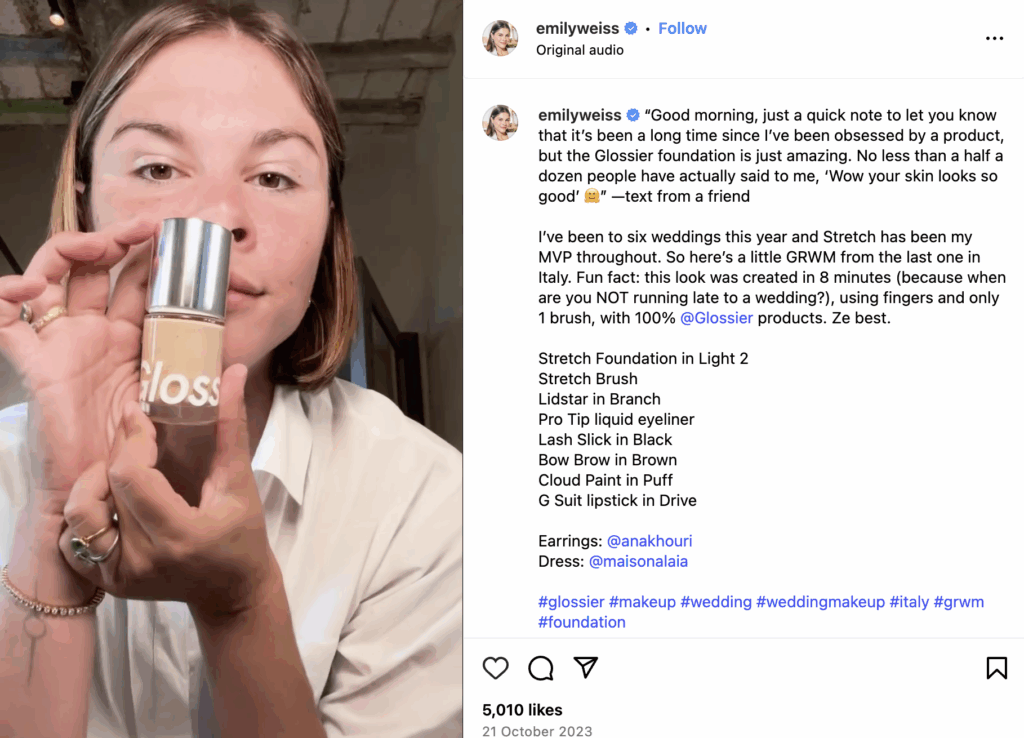
The campaign involved Weiss sharing her personal skincare routine and product recommendations through her blog and social media channels. This authentic approach resonated strongly with her audience, resulting in increased brand awareness and sales for Glossier.
Case Study 2: Daniel Wellington and Instagram Influencers
Daniel Wellington, a watch brand, successfully utilized influencer marketing by partnering with numerous micro-influencers on Instagram. The brand provided influencers with watches to showcase in visually appealing, lifestyle-oriented posts.
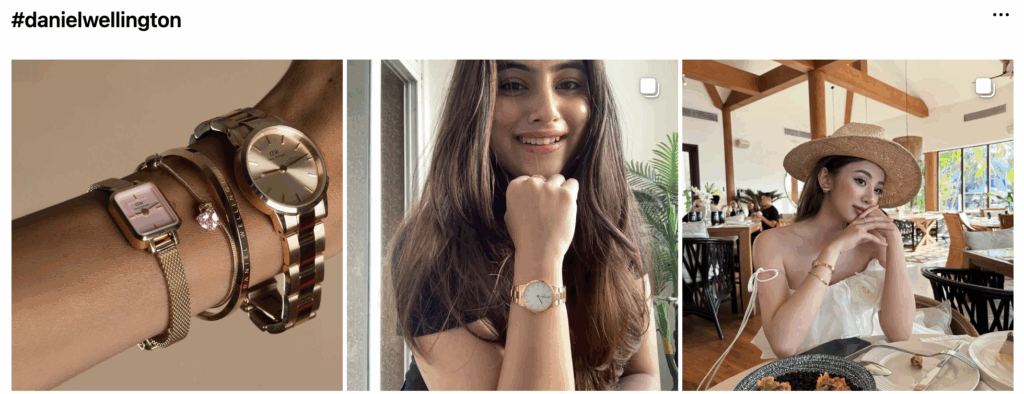
By placing their watches in fashion environments, the influencers enhanced the brand’s aesthetic appeal. This authentic promotion built trust with potential customers and significantly increased Daniel Wellington’s visibility within the watch industry.
Case Study 3: Sephora and YouTube Beauty Gurus
Sephora, a leading beauty retailer, partnered with several top YouTube beauty influencers to create exclusive makeup lines. These collaborations involved influencers co-designing products that appealed to their specific followers. The influencers promoted the products through tutorials and reviews on their channels, generating significant buzz and driving sales for Sephora.
Conclusion & Key Takeaways
Strategic influencer collaboration presents a valuable opportunity for brands to connect with audiences, build trust, and drive business growth. By understanding the different types of collaborations, setting clear goals, selecting the right influencers, crafting tailored campaigns, and measuring performance, brands can effectively leverage this powerful marketing strategy. Building long-term relationships with influencers can further enhance these efforts, leading to sustained success and meaningful connections with consumers.
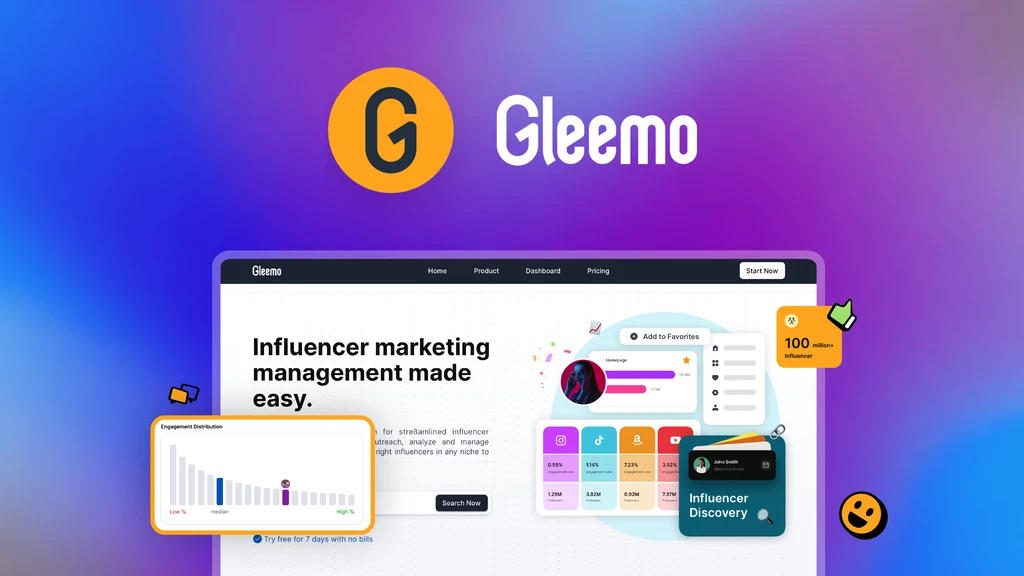
If you’re looking to streamline and maximize your influencer collaborations, consider using a comprehensive platform like Gleemo. Gleemo offers robust tools for discovering, analyzing, and managing influencer relationships, helping you efficiently find the right influencers, automate your workflow, and track campaign performance!
FAQs
What is influencer collaboration?
Influencer collaboration is a strategic partnership between a brand and a social media influencer to promote products, services, or brand messages. It leverages the influencer’s reach, credibility, and audience engagement to achieve marketing objectives.
How do I start a collaboration with an influencer?
To start a collaboration, begin by identifying influencers whose audience aligns with your brand. Engage with their content, then reach out with a personalized proposal outlining the collaboration details, mutual benefits, and compensation. Follow up politely if necessary.
Why is influencer collaboration important?
Influencer collaboration is important because it allows brands to reach new audiences through trusted voices. It builds audience trust, increases brand awareness, and can drive sales. It also provides valuable market insights and helps brands stay connected with current trends and consumer preferences.
How can I measure the success of an influencer collaboration?
Success can be measured through various metrics such as engagement rates, reach, website traffic, conversion rates, and return on investment. Tracking these metrics helps assess the campaign’s effectiveness and informs future strategy adjustments.
